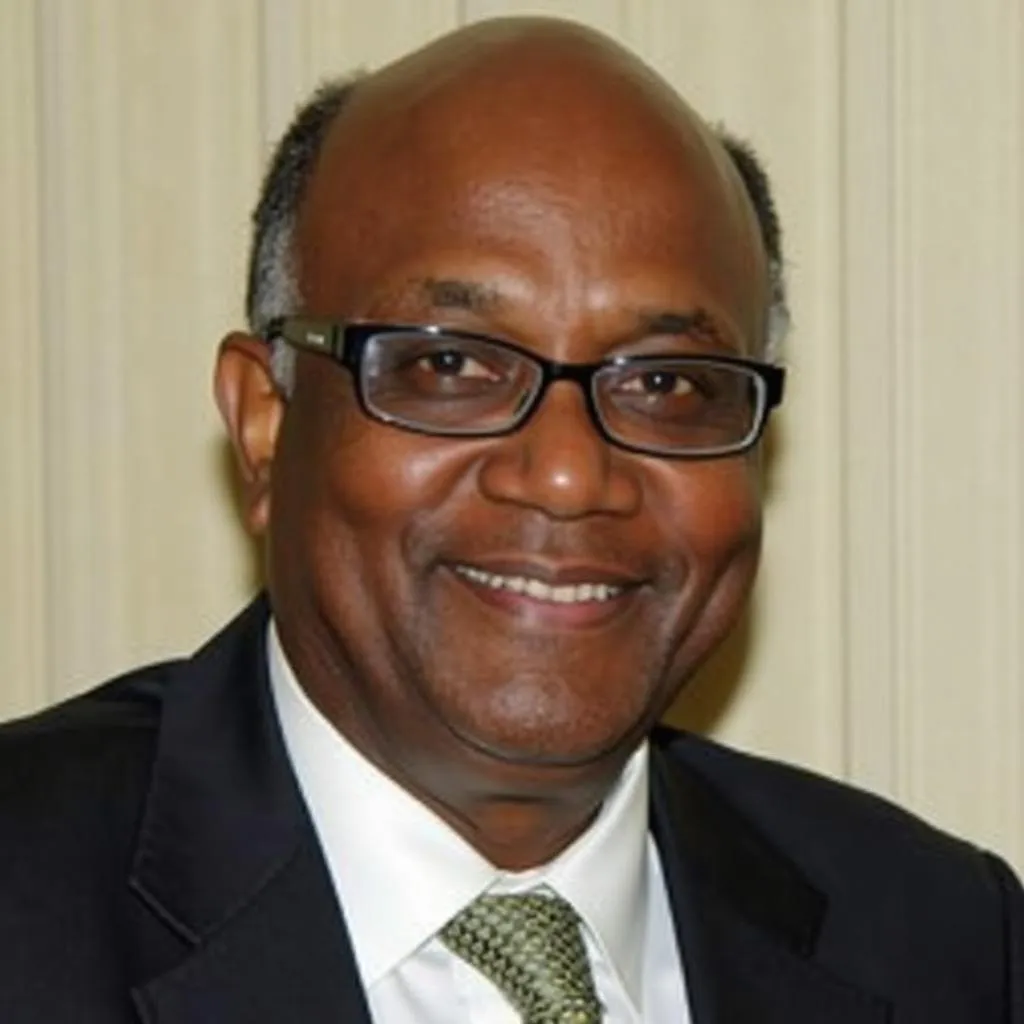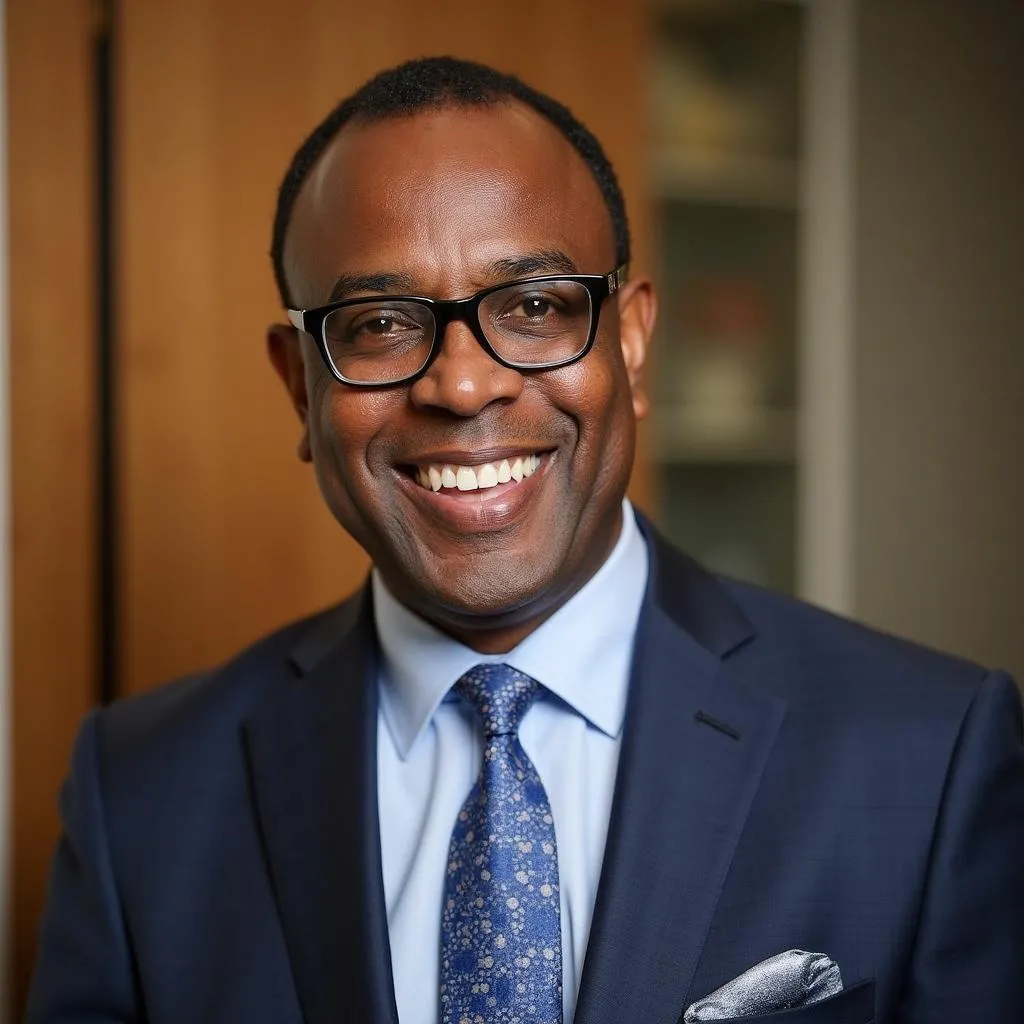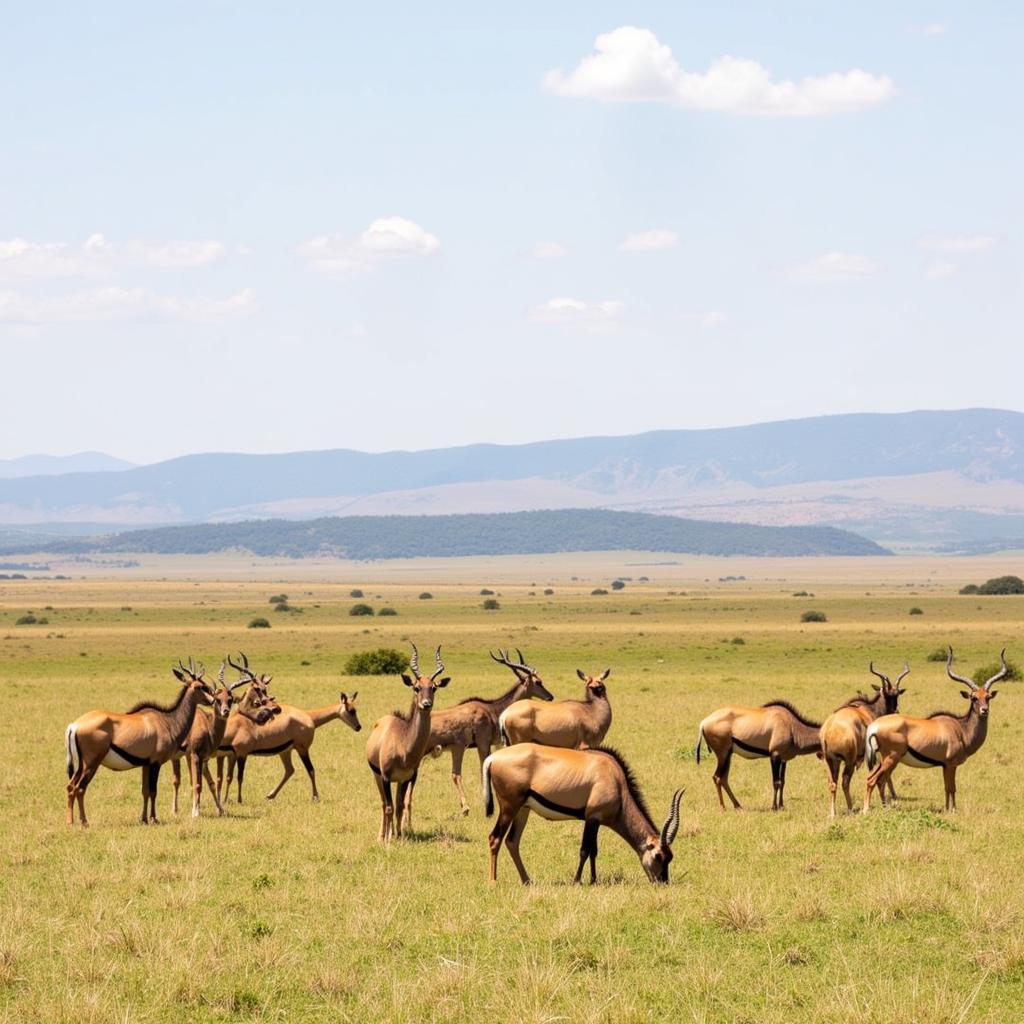The Presidents of the African Development Bank: Shaping the Continent’s Future
The African Development Bank (AfDB) plays a vital role in fostering economic and social development across the African continent. At the helm of this institution are its presidents, individuals with a deep understanding of the challenges and opportunities facing Africa. These presidents have a significant impact on the direction and implementation of the AfDB’s strategic priorities, ultimately contributing to the continent’s progress. This article delves into the history and achievements of the presidents who have led the AfDB, highlighting their key contributions and the legacy they leave behind.
A Brief History of the African Development Bank
Established in 1964, the AfDB was born out of a collective vision of African nations to promote economic development and improve the quality of life for its citizens. The bank’s mission is to drive sustainable economic growth and social progress in Africa through its diverse range of programs and initiatives.
The Presidents: Leaders Shaping Africa’s Destiny
Over the years, the AfDB has been led by prominent figures who have dedicated their careers to fostering development in Africa. Each president has brought their unique expertise and vision to the role, shaping the bank’s priorities and contributing to the continent’s transformation. Let’s explore the notable achievements of some of the most impactful AfDB presidents:
1. Donald Kaberuka (2005-2015)
 Donald Kaberuka, Former President of the African Development Bank
Donald Kaberuka, Former President of the African Development Bank
Dr. Donald Kaberuka, a renowned economist from Rwanda, took the helm of the AfDB in 2005. His presidency was marked by a renewed emphasis on infrastructure development, recognizing its critical role in fostering economic growth and connectivity across the continent. He championed the bank’s “High 5” strategic priorities: light up and power Africa, feed Africa, industrialize Africa, integrate Africa, and improve the quality of life for the people of Africa. This strategic framework guided the AfDB’s efforts to address key development challenges.
“The African Development Bank under Kaberuka’s leadership made significant strides in promoting infrastructure development, particularly in the areas of energy, transportation, and telecommunications,” notes Dr. Sarah M. Jones, a leading expert on African development economics.
2. Akinwumi Adesina (2015-Present)
 Akinwumi Adesina, Current President of the African Development Bank
Akinwumi Adesina, Current President of the African Development Bank
Dr. Akinwumi Adesina, an agricultural economist from Nigeria, assumed the presidency in 2015. He brought a strong focus on agricultural development and food security, recognizing the importance of this sector for Africa’s economic growth and social well-being. His “Feed Africa” strategy aims to end hunger and malnutrition in Africa by promoting sustainable agriculture, creating jobs, and empowering farmers.
“Adesina’s visionary leadership has been instrumental in advancing the bank’s efforts to address the challenges of food security and create opportunities for African farmers,” says Mr. Mark Thompson, a renowned development practitioner.
The AfDB’s Future under Adesina: A Path Towards Prosperity
Under Adesina’s leadership, the AfDB has embarked on ambitious initiatives to address Africa’s development priorities. These initiatives include:
- Promoting Renewable Energy: The bank is investing heavily in renewable energy projects to reduce dependence on fossil fuels and promote sustainable energy solutions across the continent.
- Investing in Human Capital: The AfDB recognizes the importance of education and healthcare in driving economic growth and improving people’s lives. They are investing in programs to improve access to quality education and healthcare services.
- Boosting Trade and Regional Integration: The bank is actively promoting regional trade agreements and infrastructure development to facilitate economic integration and foster intra-African trade.
- Building Resilient Infrastructure: The AfDB is committed to developing climate-resilient infrastructure that can withstand the impacts of climate change and ensure long-term sustainability.
These initiatives represent a clear roadmap for the AfDB’s future, aiming to create a more prosperous and inclusive Africa.
FAQ
Q: How is the African Development Bank funded?
A: The AfDB is funded by contributions from its member countries, including both African and non-African nations. The bank also raises funds through borrowing on international capital markets.
Q: What is the role of the African Development Bank in promoting gender equality in Africa?
A: The AfDB has prioritized gender equality as a key development goal. The bank supports initiatives that empower women economically and socially, including investments in education, healthcare, and financial inclusion.
Q: How does the AfDB contribute to achieving the Sustainable Development Goals (SDGs) in Africa?
A: The AfDB’s strategic priorities and initiatives are aligned with the SDGs. The bank’s investments in infrastructure, agriculture, energy, and human capital directly contribute to achieving the SDGs in Africa.
Conclusion
The presidents of the African Development Bank have played a critical role in shaping the continent’s development journey. From fostering infrastructure development to promoting agricultural transformation and investing in human capital, these leaders have demonstrated their commitment to Africa’s progress. The AfDB’s commitment to its “High 5” strategic priorities and its unwavering focus on achieving the SDGs provide a roadmap for a more prosperous and sustainable future for Africa.



